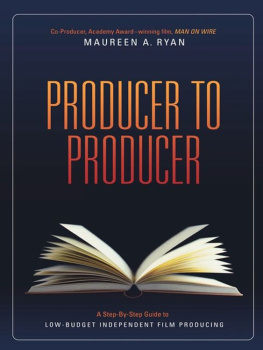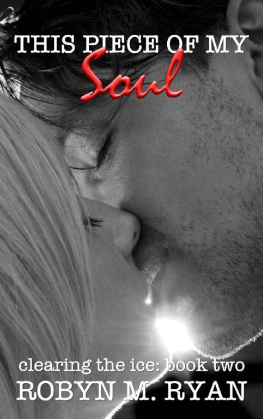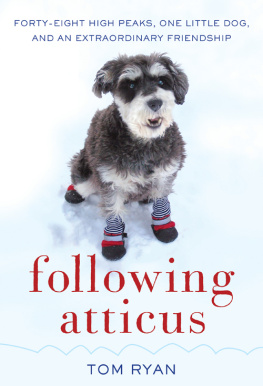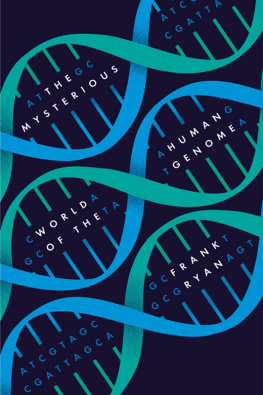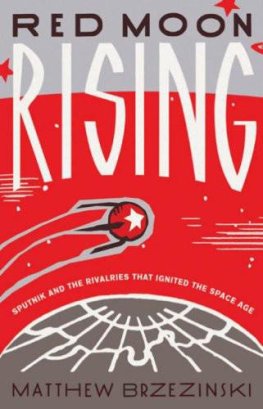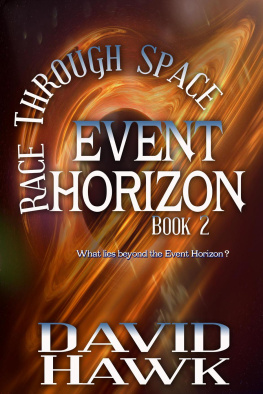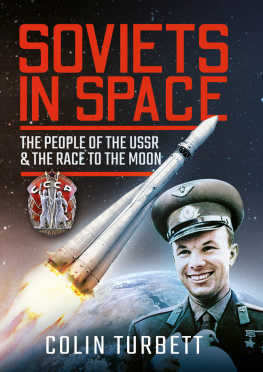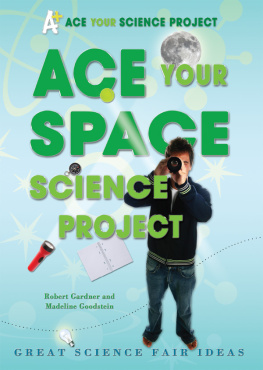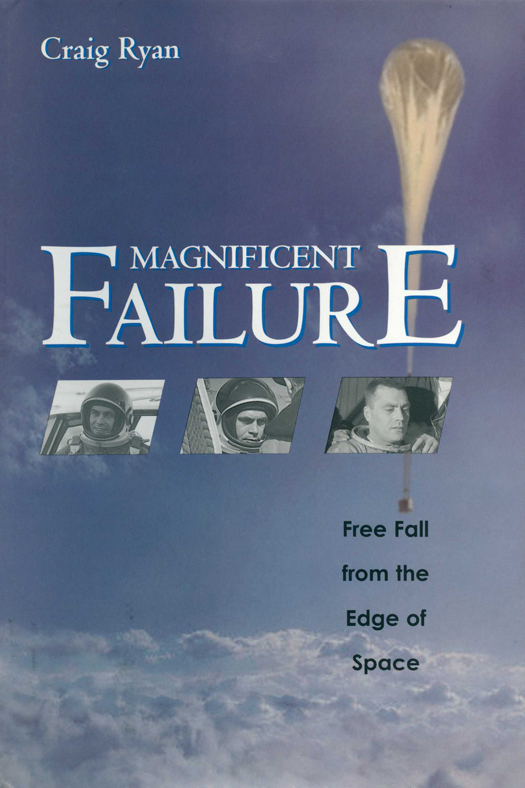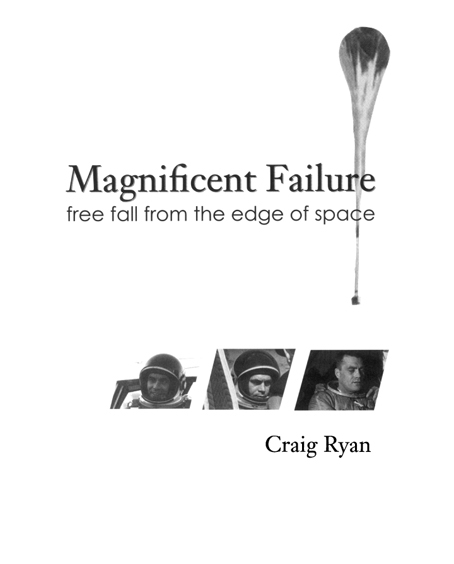
Smithsonian Books
Washington
2003 by Craig Ryan
All rights reserved
Copy editor: Therese Boyd
Production editor: Robert A. Poarch
Designer: Brian Barth
Ryan, Craig, 1953
Magnificent failure : free fall from the edge of space /
Craig Ryan.
p. cm.
Includes bibliographical references.
ISBN 1-58834-141-0 (alk. paper)
eBook ISBN: 978-1-58834-450-2
1. Piantanida, Nicholas John, 19321966. 2. BalloonistsUnited StatesBiography. 3. ParachutingHistory. 4. AeronauticsRecords. I. Title.
TL540.P25 R93 2003
629.13322092dc21 2002042615
[B]
British Library Cataloguing-in-Publication Data is available

For permission to reproduce the photographs appearing in this book, please correspond directly with the owners of the works, as listed in the individual captions. Smithsonian Books does not retain reproduction rights for these photographs or illustrations individually, or maintain a file of addresses for photo sources.
v3.1
For my father, Eugene Ryan
Adhere to your own act, and congratulate yourself if you have done something strange and extravagant, and broken the monotony of a decorous age.
R ALPH W ALDO E MERSON
The first object of the hero is to conquer himself.
J UAN E DUARDO C IRLOT
CONTENTS
ACKNOWLEDGMENTS
I was haunted by Nick Piantanida during the writing of my 1995 study of postwar high-altitude aeronautics, The Pre-Astronauts: Manned Ballooning on the Threshold of Space. I suspected there was more to his story than Id been able to learn. Yet because of the way Piantanidas Project Strato-Jump had ended, because the aviation historians had so thoroughly ignored it, because much of the balloon community seemed to dismiss it, and because so little reliable information appeared to exist, I had given up pursuing the idea. So its true to say that this book would never have happened had it not been for a phone call from Diane Shearin, Nicks middle daughter, in the fall of 1998. She wanted to learn more about her father. I hope that this book can be of some value to her in her quest to discover the father she never knew. Nick was an archetype, but he was also a complex individuala complexity that is easy to overlook in the face of the stubborn singlemindedness that dominated the final three years of his life.
I was very fortunate to have the cooperation and able assistance of Vern Piantanida. Vern was always willing to talk about his brother and to answer hard questions. I appreciate the many hours he spent transcribing Nicks handwritten jungle logs and tracking down information on my behalf. In spite of the fundamental differences between these two brothers, knowing Vern has helped me to imagine what it might have been like to have known Nick.
Initially, Janice Post spoke with me a bit reluctantly and, I suspect, primarily out of courtesy. The story I wanted to tell was not one she was eager to relive. Eventually, in large part because of her daughters encouragement, she agreed to share her memories with me and contributed aspects of the story that could have been provided by no one else. On occasion, it was painful. I am humbled by Janices strength and by her unfailing grace.
Ed Yost did as much to help me understand Nick as anyone. While Eds reputation as an inventor and a balloon operations expert was among the factors that convinced Nick to move his project to Sioux Falls in the winter of 1965/66, Im convinced that it was Eds spirit of adventure and his bedrock humanity that were decisive. Those qualities give Ed his unique insight into Nicks dream, and I thank him for sharing that insight with me. With so much misinformation in print about Nick Piantanida, I asked Ed why he chose to be so revealing to me so many years after the fact. Well, he said in his best deadpan, one that suggests your question is either profound or just plain dumb, youre the first writer who ever bothered to ask me what happened. As a rule, Ed doesnt think much of books like this onemostly because he just knows too damn much. I will have to accept his judgment.
Yosts colleague at Raven Industries, Jim Winker, was a monumental help. Jim is an engineer by temperament as well as by profession. He doesnt miss much and he doesnt mess around; he keeps good records and he remembers things. And remembering events that happened nearly forty years ago is, as I was regularly reminded during my research, an uncommon gift. Jim read early drafts of the manuscript and offered many suggestions, often supported by research materials I might never have found without him. I appreciate his patience, his skepticism, and his insistence on accuracy, even when it threatened to undercut drama.
Roger Vaughan was perhaps the most objective of the inside observers of Project Strato-Jump. While he had grown close to Nick, and while his magazine had obtained exclusive rights to much of the story, he was not employed by the project or any of its contractors. His willingness to discuss those days was important to my understanding of the events he covered, and some of his interpretations and conclusions were clearly influential on my own.
I want to thank the marvelous Union City gang who grew up with Nick and who did their best to recreate those days for me: Fred Cranwell, Jim Lagomarsino, Ed Madsen, Bob Santomenna, and Bob Taglieri. Spending time with these guys is about as good as it gets.
The following people, as well as a number already mentioned, invited me into their lives and homes, and I thank them all for their hospitality and their help: Frank Heidelbauer, Jacques and Felicia Istel, Christine Kalakuka and Brent Stockwell, Debbie Piantanida, Paula Piantanida, Don Piccard, Russ Pohl, David Post, Karl and Lucy Stefan, and Marlene Winker.
Phil Chiocchio was an especially valuable source of information on Nicks early parachuting days as well as on all three Strato-Jump flights. Not only did he provide me with a copiously annotated copy of Barry Mahons rare film The Angry Sky, but he contacted a number of members of the parachuting community and conducted initial interviews for me, notable among them Jim Bates, Bob Blanchard, Debbie Foster, Norm Heaton, Bill Jolly, Chuck MacCrowne, Dan Poynter, and Mike Turaff. Finding Phil was one of those lucky breaks a researcher cant create but can only stumble onto.
I want to offer special thanks to the great pilot, balloonist, and American hero whose record Nick wanted so badly to break: Joe Kittinger. Joe never met Nick face to face and is critical of the planning and the approach of Strato-Jump, but he went out of his way to help me whenever I asked. Joe knows more about manned high-altitude ballooning than anyone alive, and his cooperation made this a better book.
The following people aided me in my research, and I thank them all: Tracy Barnes, Earl Clifford, Tom Crouch, Lee Guilfoyle, Dick Kelly, John Kittelson, Kent Morstad, Becky Pope, Ben Raiche, and Al Tomnitz. Chris Johnsen supplied background information on decompression sickness, Sharon and Bob Glaeser shared their parachuting expertise, and Scott Ellsworth provided assistance on a number of historical matters. I am indebted to Jack Bassick at the David Clark Company for trusting me with the company files and for helping me contact others in Worcester who had been around in 1965-66, notably Tom Smith and Joe Ruseckas. Joel Strasser deserves special recognition for graciously allowing his superb photographs of the preparations for the second Strato-Jump launch to be used in this book, as does Jon Lee for his excellent artwork and for his insightful comments on the manuscript. I am also indebted to Olga Levadnaya who provided ). A special thanks to friends who took an interest: Ron and Julie Byers, Cory Carpenter, Richard Causby, Betsy Ellsworth, Patrick Hampton, Constance Harris, Robert Sleator, and Jim Stewart.


